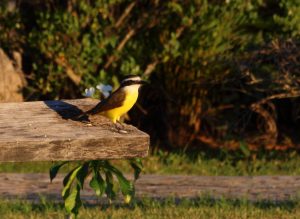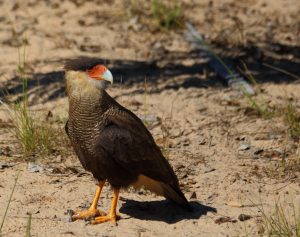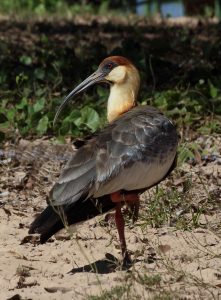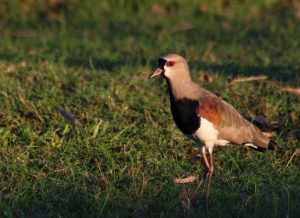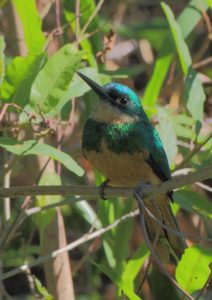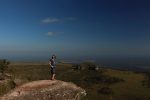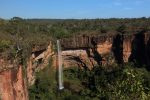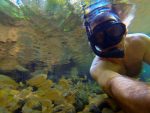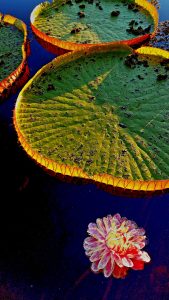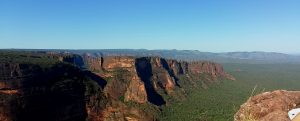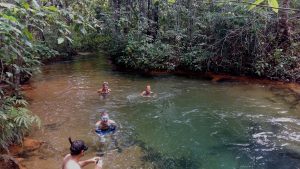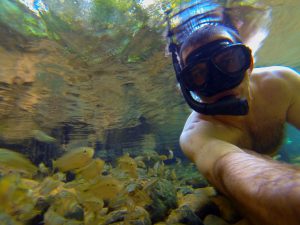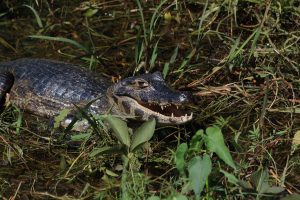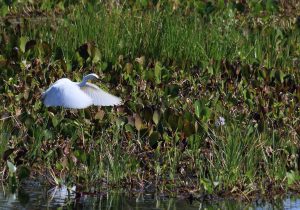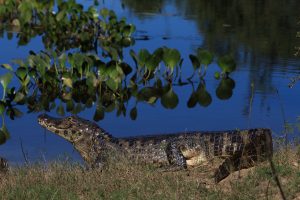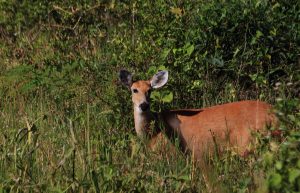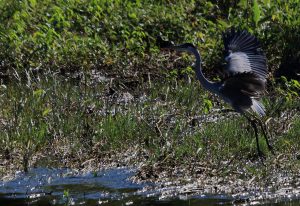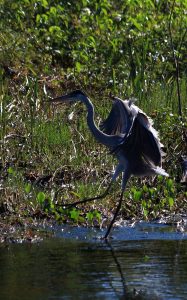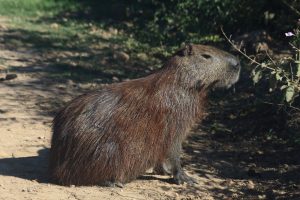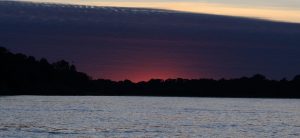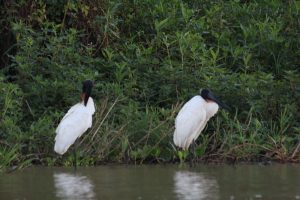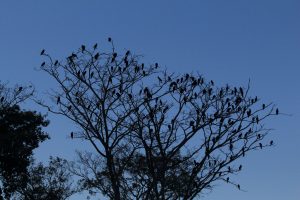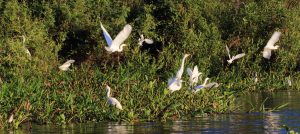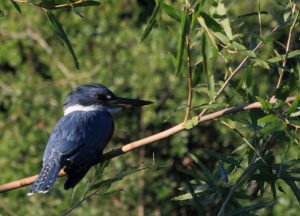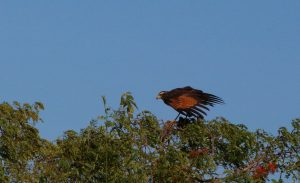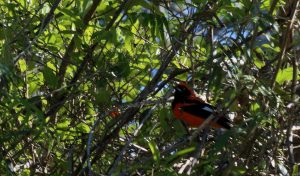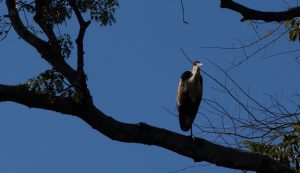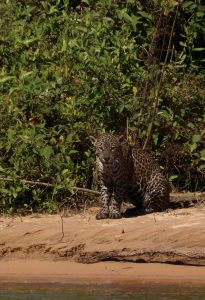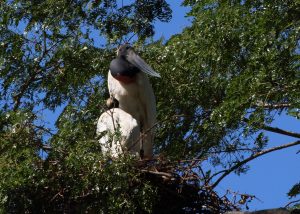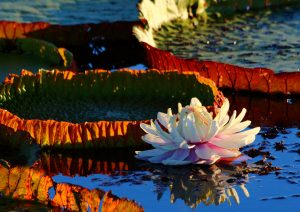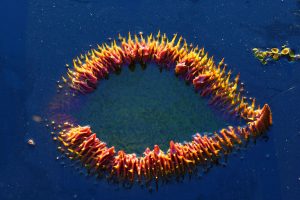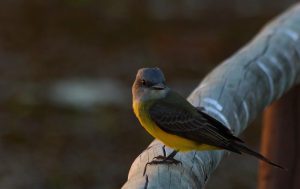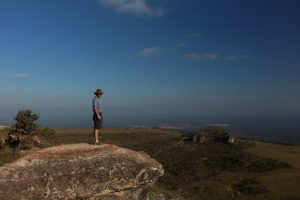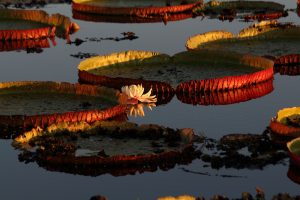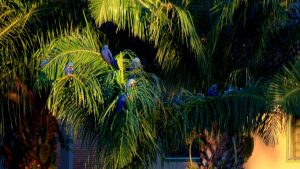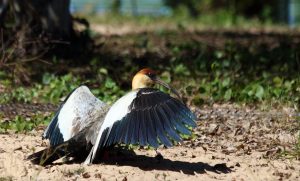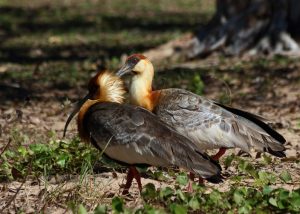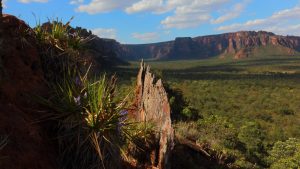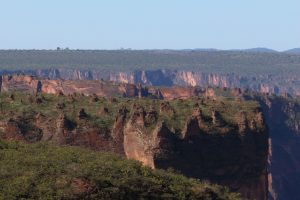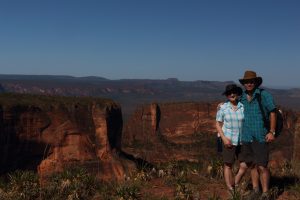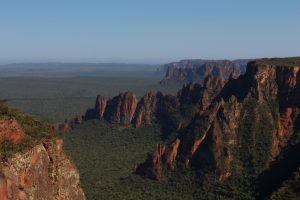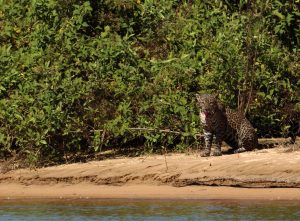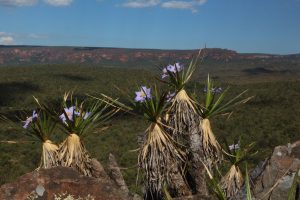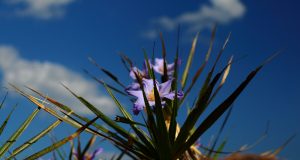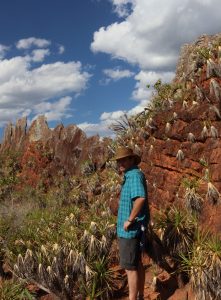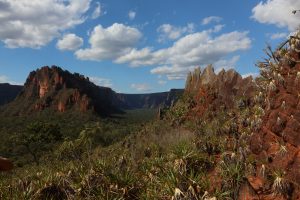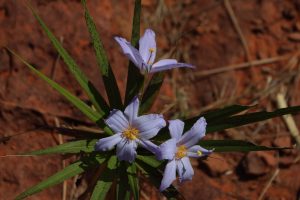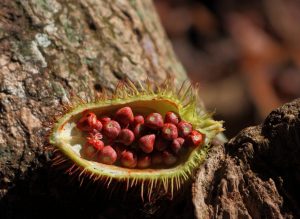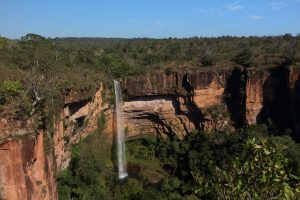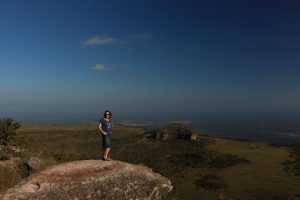It’s not all samba and football in Brazil you know, there’s other good stuff too! Last time we came to Brazil it was for a Caipirinha-fuelled 24 hr stop-over in Río with the freight-ship on our way to Uruguay. Now we’re zipping in from Bolivia to see a different corner of the world’s fifth largest country (click here for route-map).

The Pantanal
Regular followers of Cuthbert left us at the end of our last blog, bagging-up the content of our food cupboard and depositing it in temporary storage in the small Bolivian town of San Ignacio. On account of us having no food left in the truck when we proceeded to enter Brazil, we obviously passed the highly restrictive food import check with flying colours! We then had to drive 90km to the town of Cáceres for immigration and importing Cuthbert. The immediate impact of arriving in Brazil is language: we don’t speak Portugese and we’re not used to being ‘incommunicado’. It’s easy enough to read the written signs (particularly with the assistance of that 21st Century marvel, a dictionary app on my smart-phone 🙂 ), but spoken is going to be a challenge!
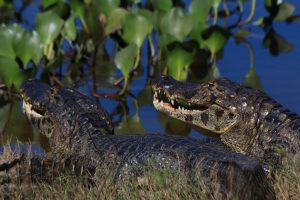 Anyway… here goes! After the traditional ceremony of ‘The Raiding of the ATM’, we headed to the northern Pantanal. It turns out that our Swiss friends, Oliver and Jeannine who we met in Argentina a few weeks ago, are also there so we’re chuffed to meet up with them again.
Anyway… here goes! After the traditional ceremony of ‘The Raiding of the ATM’, we headed to the northern Pantanal. It turns out that our Swiss friends, Oliver and Jeannine who we met in Argentina a few weeks ago, are also there so we’re chuffed to meet up with them again.
For the uninitiated, the Pantanal is a large, no… a huge, wetland (that’s a posh word for ‘swamp’) in western Brazil. It reportedly has South America’s most diverse range of wildlife: a huge variety of birds plus jaguars, capybaras, armadillos, giant anteaters, caimans, otters, deer, tapirs and, and, and… Sounds an OK sort of place, huh? To get there, the route into the northern Pantanal is in itself a mini-adventure! Around 145km of dirt road crosses the swamp-land with a never-ending succession of old and weak wooden bridges, many with cracking and rotting planks holding them together. We feared slightly as we approached a couple of those in the most advanced stages of deterioration, but we saw a local supply truck rattling down the track and figured that if he could make it through, then Cuthbert could too!
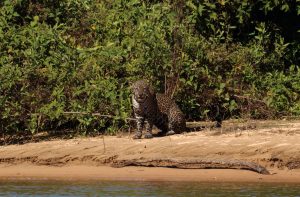 One of the many species of local wild-life conveniently omitted from the list above is the ubiquitous mosquito. Hardly surprising given the location, but it was nothing that a bit of gentle chemical warfare can’t deal with 🙂 Despite a few bites from Mike the Mossie and his mates, we loved the northern Pantanal. With Oliver and Jeannine we spent hours touring the rivers and back-waters and had a magnificent sighting of Jimmy Jaguar sunning himself on a river-beach as we cruised past. It’s not really peak season yet for jag-spotting, so we were thrilled to see one in its natural environment.
One of the many species of local wild-life conveniently omitted from the list above is the ubiquitous mosquito. Hardly surprising given the location, but it was nothing that a bit of gentle chemical warfare can’t deal with 🙂 Despite a few bites from Mike the Mossie and his mates, we loved the northern Pantanal. With Oliver and Jeannine we spent hours touring the rivers and back-waters and had a magnificent sighting of Jimmy Jaguar sunning himself on a river-beach as we cruised past. It’s not really peak season yet for jag-spotting, so we were thrilled to see one in its natural environment.
The Pantanal is a bit of a ‘picture-not-words thing’ really. We sadly (or we should perhaps say ‘incompetently’) didn’t manage to get decent pics of all the extraordinary wildlife and birds that we saw. The tweety-pies in particular are tricky little sods to catch in a snap! I did ask them nicely, but would they stay still and pose??? Not on your nelly! Anyway… we’ve included some of the results of our attempts at the bird pics – don’t think Attenborough’s crew will be quaking in their boots just yet 😉
After seeing the northern Pantanal, we also want to see the south side too; it’s supposed to be quite different. OK… so a swamp is a swamp! But we’re reliably informed that the south is a different kind of swamp, so let’s see! 🙂 It’s not possible to drive across the middle of the swamp through to the south, so we need to back-track north up the 145km dirt-road (back over all those stupendous bridges!) then take a long, circuitous route eastwards around the edge of the swamp-land and re-enter the Pantanal from the south. This long route will take a few days to drive and there’s other Brazil stuff to see on the way around. (Click here for the South Pantanal blog)
The Centre. Or is it?
Just on the northern edge as we leave the Pantanal is the Guimarães plateau, claimed to be the oldest on the planet. This stunningly scenic area has red sandstone escarpments, curious rock-formations and crystal clear rivers with fresh-water tropical fish. To protect the environment, visitors can only access the main sights with a guided tour, so we booked a trip together with Oliver and Jeannine and another Swiss couple, Leo and Elisabeth and had a lovely day out walking, swimming in crystal-clear (and surprisingly warm) rivers and ogling at awesome views.
- DCIM100GOPRO
The route to get to Guimarães passes through the town of Cuiabá which was until recently heralded as the geodesic centre of the South American continent. This ‘claim to fame’ was believed to be accurate for many years until the advent of GPS and satellite surveillance established the actual spot to be north-east of town on the Guimarães plateau. With its many natural attractions, Guimarães hardly needed any more strings to its touristic bow, but to the great irritation of the people of Cuiabá, there is now one more reason to simply by-pass their city and head straight to Guimarães.
Brazil so far
Well… we’re getting towards half-way around our little loop into Brazil. We’re covering just a tiny corner of this huge and remarkable country, so it would be a little premature to judge it yet, but what the hell! Let’s have a stab with a few initial observations…
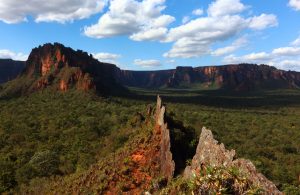 The friendly, English speaking policeman who processed our passports on arrival warned us that it can be a dangerous country in places; even with his police fire-arm he wouldn’t feel safe in the crime capital of Río de Janeiro. But this remote corner of Brazil, made prosperous by tourism, agriculture and industry is very far (in more ways than one) from the poverty stricken favelas of Río. The Brazil that we have seen so far feels safe. There is a reasonable police presence around, with officers wearing a bafflingly wide selection of uniforms. For some, the extent of their issued kit seems limited to a police-logo t-shirt and an openly carried fire-arm. To complement the look, male officer sport a range of ill-fitting trousers and scuffed shoes, whilst the more sassy female officers select their own choice of tight jeans, high heel shoes and designer sunglasses.
The friendly, English speaking policeman who processed our passports on arrival warned us that it can be a dangerous country in places; even with his police fire-arm he wouldn’t feel safe in the crime capital of Río de Janeiro. But this remote corner of Brazil, made prosperous by tourism, agriculture and industry is very far (in more ways than one) from the poverty stricken favelas of Río. The Brazil that we have seen so far feels safe. There is a reasonable police presence around, with officers wearing a bafflingly wide selection of uniforms. For some, the extent of their issued kit seems limited to a police-logo t-shirt and an openly carried fire-arm. To complement the look, male officer sport a range of ill-fitting trousers and scuffed shoes, whilst the more sassy female officers select their own choice of tight jeans, high heel shoes and designer sunglasses.
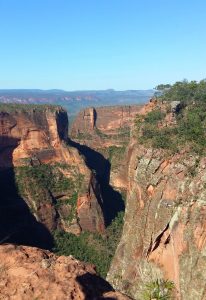 For the tourist industry in these parts, the current buzz-word seems to be ‘Eco’. With the best of intentions, this prefix seems to be banded around for any establishment that has a recycling bin, regardless of where the contents are deposited on emptying! The concept is clearly a ‘work in progress’ in Brazil, but it is at least ‘in progress’. We learned about the destruction of the precious ‘cerrado’ bushland, being cut back for crops such as maize and soya beans and how these crops are causing a critical imbalance in the natural water-table of the Guimarães Plateau. National parks are now created to restrict access to the most delicate zones and to prevent continued destruction of the natural bushland. Being harsh, it could be argued that there has been some lack of ‘eco-skills’ training in the use of rubbish-bins here, but standards here are certainly no worse than in neighbouring countries.
For the tourist industry in these parts, the current buzz-word seems to be ‘Eco’. With the best of intentions, this prefix seems to be banded around for any establishment that has a recycling bin, regardless of where the contents are deposited on emptying! The concept is clearly a ‘work in progress’ in Brazil, but it is at least ‘in progress’. We learned about the destruction of the precious ‘cerrado’ bushland, being cut back for crops such as maize and soya beans and how these crops are causing a critical imbalance in the natural water-table of the Guimarães Plateau. National parks are now created to restrict access to the most delicate zones and to prevent continued destruction of the natural bushland. Being harsh, it could be argued that there has been some lack of ‘eco-skills’ training in the use of rubbish-bins here, but standards here are certainly no worse than in neighbouring countries.
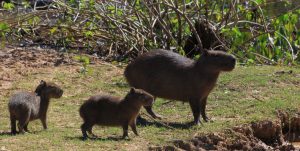 Anyway… moving swiftly on… next comes a loooong slog south around the eastern edge to the southern Pantanal. It’s a dull drive on one of Brazil’s main trucking routes, sat in a never-ending snake of countless juggernaut lorries. Joy!!! 🙁 But finally we reach our next target-area of Bonito. Bonito sits just below the Pantanal’s southern boundary and is one of Brazil’s most spectacular (so-called ‘eco’) tourism destinations. We’re set for an action-packed time visiting sink-holes, spotting macaws, abseiling into caves, scuba diving and snorkelling in underground lakes, and swimming with fresh-water tropical fish in crystal-clear rivers. Watch this space for tales of derring-do! 🙂
Anyway… moving swiftly on… next comes a loooong slog south around the eastern edge to the southern Pantanal. It’s a dull drive on one of Brazil’s main trucking routes, sat in a never-ending snake of countless juggernaut lorries. Joy!!! 🙁 But finally we reach our next target-area of Bonito. Bonito sits just below the Pantanal’s southern boundary and is one of Brazil’s most spectacular (so-called ‘eco’) tourism destinations. We’re set for an action-packed time visiting sink-holes, spotting macaws, abseiling into caves, scuba diving and snorkelling in underground lakes, and swimming with fresh-water tropical fish in crystal-clear rivers. Watch this space for tales of derring-do! 🙂
Link to next blog: Caves and Torches Link to full South America Blog
Bit of Brazil Gallery
- DCIM100GOPRO

